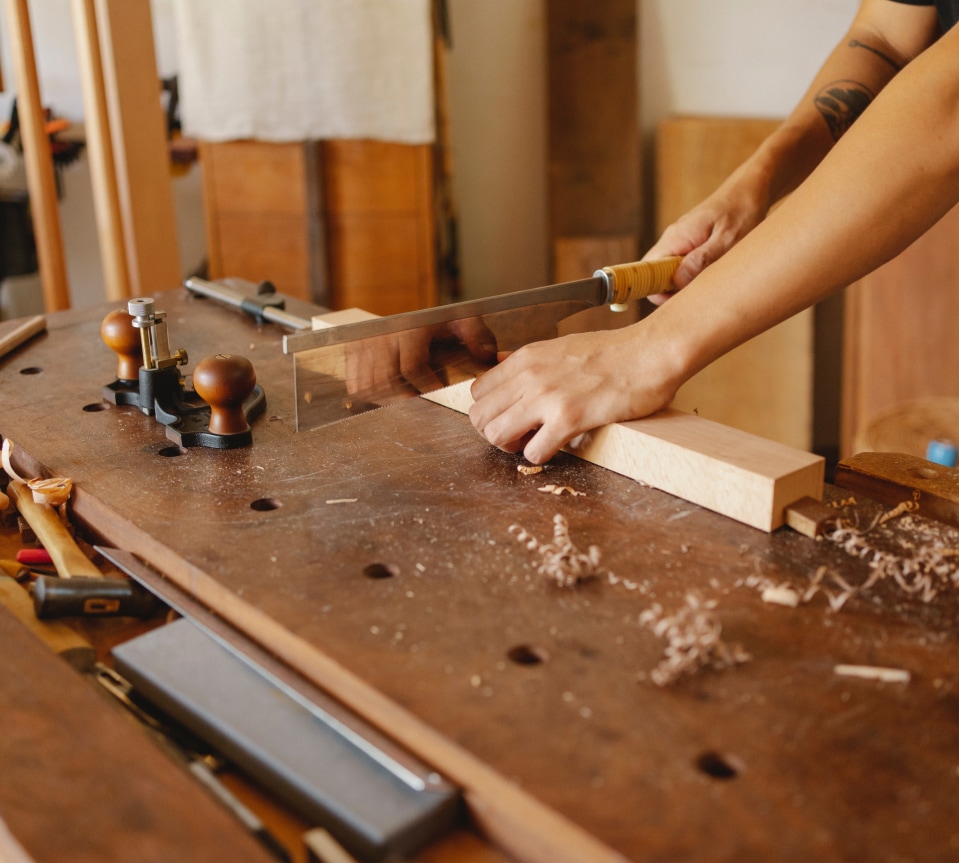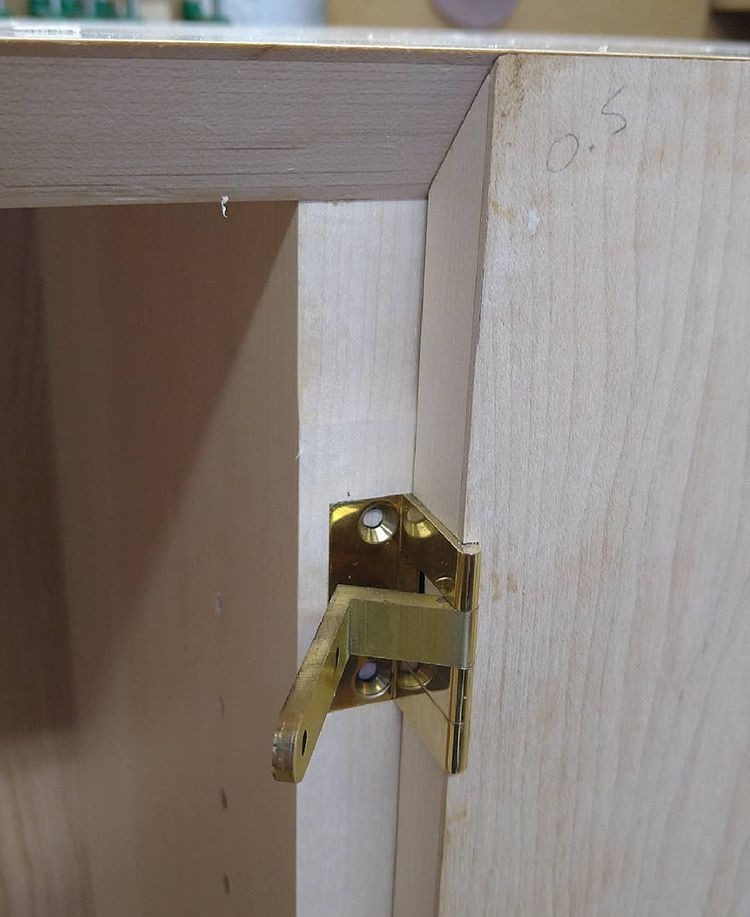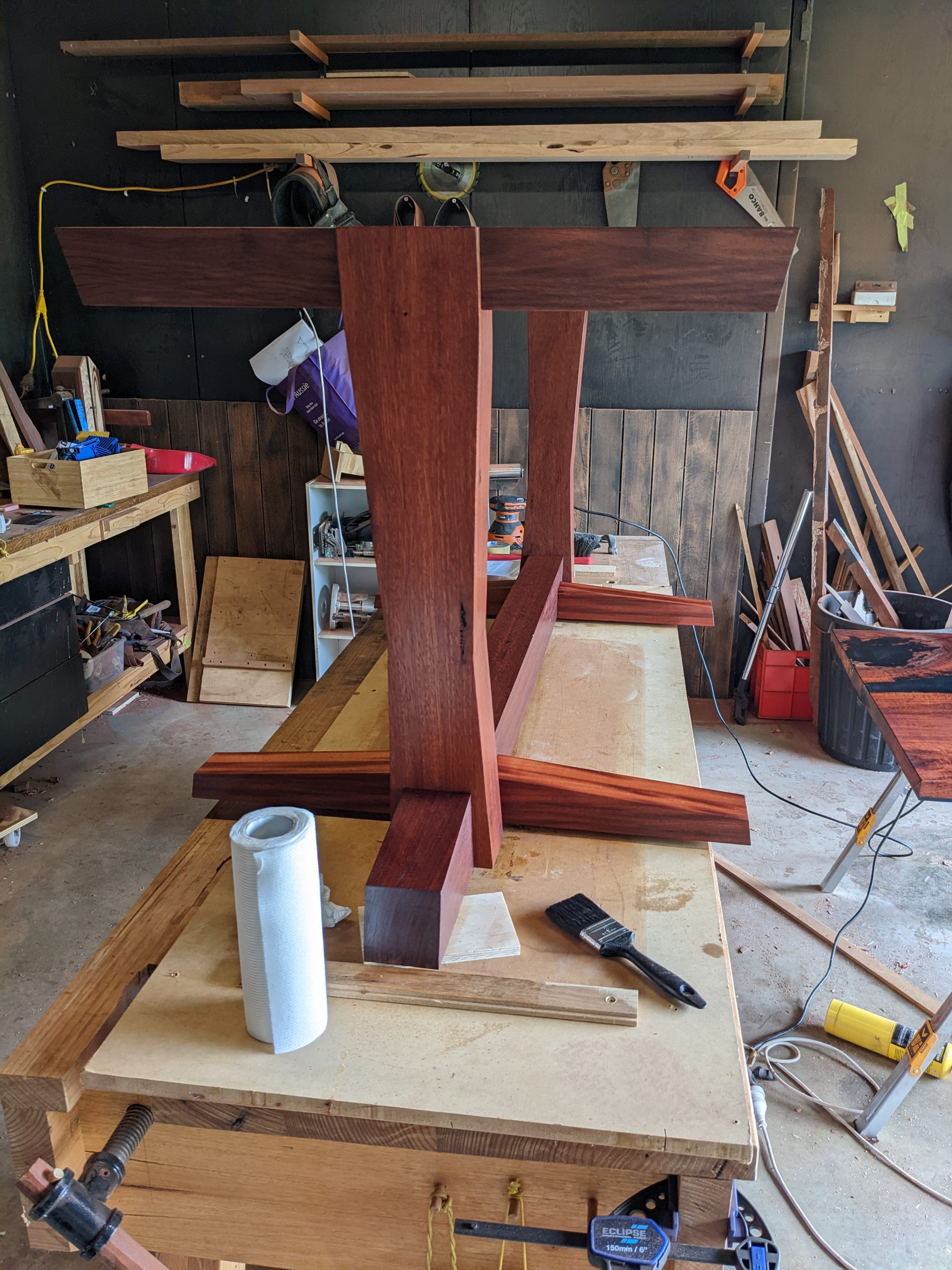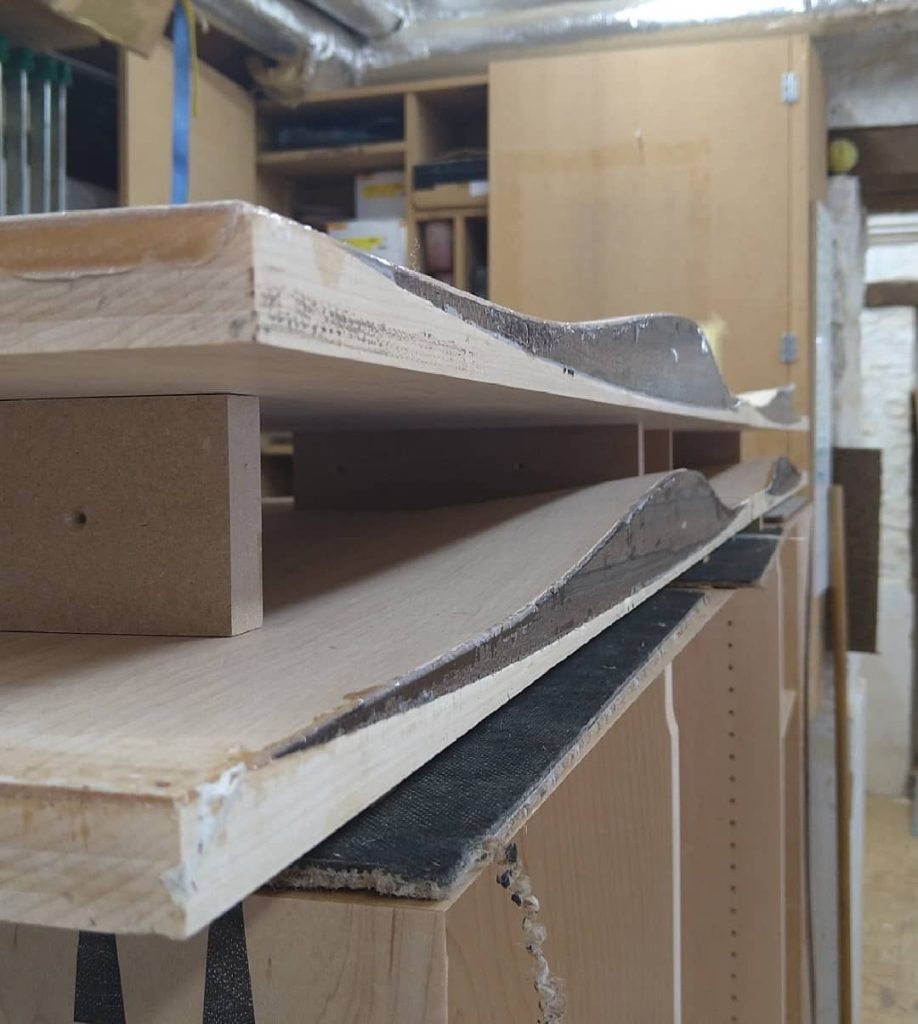Custom Furniture
Custom Furniture
Just For You
The inimitable Matt Burt calls bespoke furniture the “slow furniture society”. I rather like that.
Commissioning a bespoke handmade piece of furniture is a painstaking, slow and hugely rewarding process, culminating in a unique, tailored piece of furniture for your home or business that is just for you. The only limit is your budget, and my imagination. Custom-made furniture is made to your aesthetic, material and size requirements, with little to no compromise.


What is custom furniture?
Rather than buying from a dreary shop floor (or, God forbid… flatpack…) or buying a made-to-order piece from a design collection, custom furniture means you commission a new design that meets your exacting requirements.
Custom means a piece of furniture that is defined by your character, lifestyle and tastes. I may be somewhat biased, but I sincerely believe having beautiful furniture significantly improves the spaces we inhabit, and vicariously, the way we live.
So, how long does custom furniture take?
“It depends…” Chairs are very difficult and painstaking to design, prototype and, finally, actually make. Which is probably why they’re my favourite thing to make. Coffee tables can be much less so. Book cases are easy.
The design process is usually complete within 2-6 weeks. Manufacturing can be as little as 2 weeks, or as long as 24 weeks. It depends on the scale and complexity of the piece or pieces.

The Commissioning Process: Step by Step
Step 1: Design Brief
Where possible I like to start the process by meeting you where the furniture will live. “Turn up clean and on time” was the only sales advice I was given by a mentor, and it has served me well.
Delivering on promises is what bespoke furniture is all about. I’m asking you to trust me with a large chunk of cash based on nothing more than a few sketches and my dazzling wit. Turning up on time is the first step in earning that trust.
The mission of the first meeting is to understand what you need. Anyone who is interested in bespoke furniture wants something special. But that doesn’t always mean flashy. Creating a piece that quietly enhances the space it lives in without overtaking is much more difficult than making something that screams, “Here I am. LOOK AT ME!”
“This dining table you want – is it light or dark? Do you like natural edges? Delicate and graceful, or strong enough for a Greek wedding to dance on? How many people normally eat at it? How many might eat at it? Do you like figured woods? Will you need chairs to go with it?”
Having extracted the brief, I’ll leave you with a ballpark figure. “No more than $5000, but no less than $4000”. The following day, or the same day if there’s time left, I’ll email the brief back to you, with a note that I won’t start the next stage – the drawings – for 14 days. This is 14 days for you to add, change, or otherwise amend the brief.


Step 2: The Drawings
In the days leading up to a design day are troublesome for my wife. They follow the same pattern: escalating irritability, loud music and compulsive cleaning. She assures me I start growling at the dogs. There’s a lot of ‘othering’ done. Anything, please, but sitting down to the damn drawings.
I go into my workshop and clear everything off my bench. No other work is done on design days, and putting everything away stops from ‘just for a moment…’
With nothing on my bench but two sharp pencils and a scalpel, by the end of the day I’ll have a finished set of presentation drawings.
I fill a page with quick, scribbly, mostly crap images. A brain dump to flush out the rubbish and get to the good stuff.
The first doodles are like a reheated meal. A shadow of a proper dinner, leftovers from old ideas. I want to get past those, so I dump them all on the page until there’s nothing left but inspiration.
Then I walk the dogs, grab a coffee and it’s back to the bench to turn a doodle into a formal drawing.
These drawings are important. They show you, my beloved clientele, what the bloody thing will look like. They’re also vital for me in the workshop when the kids are sick, it’s the end of the day and my brain has slowed to a creep. What was I doing again? Ah yes, a table!
Now that there is a front, side and plan elevation drawing for me and a perspective drawing for you to hold up and see the thing in your space, I’m done for the day. And I’d better get a good night’s sleep, because tomorrow we do it all over again.
The mentor also told me to never turn up with just one idea, and I’m not game to try and prove her wrong. She never is.
Step 3: The Deposit
If you choose one of my ideas, I do a little mental dance (Hooray! The mortgage is paid this month! The kids are fed! The wife won’t leave me!). The way we make this official is a 50% deposit.
In normal circumstances I don’t give expected delivery dates. So much can happen to delay projects that there’s really no point, because it will almost certainly move. Unless you have a solid date you must have it by, such as a restaurant opening, we shake hands and I tell you I’ll be in touch when the first timber selection is made.
First thing is to order stock, and when it arrives I let you know. I let you know when the first cut has been made. I keep you updated the whole time. The sadist in me enjoys saying “see this $1200 piece of ebony? Watch me cut it in half”, but really, I’m yet to have a client who doesn’t appreciate a blow by blow account of the making.


Step 4: Final Touches & Delivery
All through the process you’re encouraged to visit the workshop to see your piece being made. But when it’s time for the finish to be applied, I damn near insist.
If you’re having a rubbed oil finish I like for you to come and apply on of the coats yourself. It gives people a huge sense of satisfaction, appreciation, and practically also helps you learn how to maintain your new oil finish!
I enjoy the design period. I love the making period. But without any hesitation, my favourite day of any build is delivery day.
The look on your face when after this long process, a process fraught with anxiety on all sides, is finally complete, is the reason I do this. From the first time we speak to this moment our relationship has been resting solely on faith, and delivery turns that faith into something tangible, a product of both our imaginations come to life.
I suppose that really depends on your perspective and values. Furniture that lasts for multiple generations could be called extremely cheap. It will certainly be cheap for your great-grandkids!
The cost of my custom furniture is broken down into three parts:
Materials, Design & Manufacture.
Materials make up 15-25% of the total cost, which often surprises people.
The time it take to design and make the thing takes up the rest. And making custom furniture takes one thing: time.
But the true value of a commissioned piece of furniture extends far beyond materials and time. Here’s what you can expect when you commission custom furniture (from me, at least):
- A close, personal service throughout and after the commission
- A limited-edition or one-off design
- A beautifully crafted piece of furniture tailored to your requirements
- The opportunity to meet and get to know your craftsman
- The chance to support a tiny local maker and his ever growing family, and be a patron of a dying art
- Expert advice during and after the commission
- Access to a high-quality aftercare service for years to come
- A future collectable heirloom, that generations will enjoy
But we should not pretend that custom furniture handmade by a solo craftsman does not cost a lot more than going to Ikea.
The dollar cost of custom furniture varies depending on the type of product (chair vs side table), size (6 seater vs 12 seater) and materials used (Victorian Ash vs Gaboon Ebony) but also the design complexity and hours required to make it.
It is this time we dedicate to developing and prototyping that sets a custom piece apart from a made-to-order one of similar specification. Commissioning a bespoke product will always cost more than buying ‘off the shelf’, but you get a great deal more for your money.
Some people don’t see themselves as “off the shelf”.
When commissioning a piece or pieces you will always be given the option: are you OK with me making a limited-run of these for other people, or do you want it to be exclusive to you?
Pricing is quoted with the limited-run in mind.
My first chair took 120 hours over 3 months to prototype. I’m currently working on a very fancy coat rack that has taken, so far, 80 hours*.
By making a limited run it spreads the cost of developing the design and production methods across multiple pieces, making your quote lower.
If you’d like the piece to be truly your own, just for you and you alone, then I will sign a contract with you promising to never make another one. However, this increases the cost to you.
*P.S. This is a speculative piece. Very few commissions take this long!
I understand that budget is a sensitive part of commissioning custom furniture for everyone.
I’m experienced at working to your budget, creating a solution that meets your needs for design as well as cost.
There are no nasty surprises. Once a fixed quotation with the final design is given, it’s just that: fixed. Unless the design changes, the price will never change.
Yes!
Establishing a budget early on helps set realistic expectations for you and me about what we can achieve with the resources we have available to us. I can provide budget guidance for your piece as we’re working through the process.
An accurate price of a custom piece of furniture is unknown until we have a design with which to accurately cost. The design will be accompanied by a fixed price quote so you are fully aware of the costs before proceeding with manufacturing, and you can be confident that they won’t increase unless the design changes.
I design and make custom furniture in simple, elegant styles all the way to extravagant parquetry and creative veneering. The following is not exhaustive, but gives an idea of the starting point:
- Beds: from $1400
- Blanket Chests or Linen Chests: from $4,000
- Chairs (Dining or Lounge): from $2,000
- Chests of Drawers: from $6,000
- Coffee Tables: from $3,500
- Desks: from $5,000
- Dining Tables Non-extending: from $4,500
- Dining Tables Extending: from $7,500
- TV/Media Cabinets: from $4,000
- Side and Hall/Console Tables: from $2,000
- Sideboards: from $5,500
